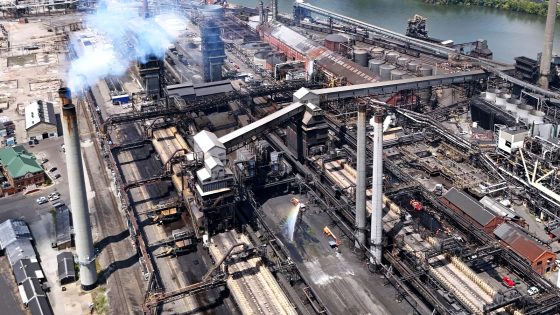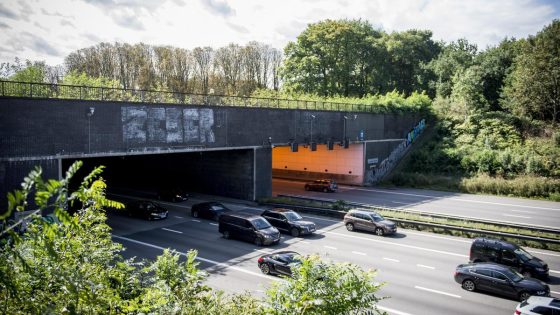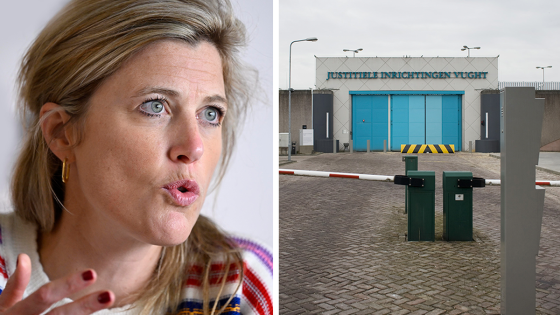The Muysenhuys project within Natuurpark Rivierenland is gaining momentum as a vital climate adaptation initiative in Mechelen. Natuurpunt and the city have successfully attracted 30 investors to transform a local area into a protective wetland. This moorland will serve as a natural barrier against climate change effects such as flooding and extreme heat.
- Natuurpunt en Mechelen vinden 30 investeerders
- Project Muysenhuys richt moerasgebied in
- Moerasgebied beschermt stad tegen klimaatverandering
- Doel: voorkomen overstromingen en hitte
- Initiatief ondersteunt Natuurpark Rivierenland ontwikkeling
On 2025-07-04 11:08:00, this collaboration marked a significant step toward safeguarding Mechelen’s urban environment. But how exactly will this wetland project impact the city’s resilience? And can it serve as a model for other Belgian municipalities facing similar climate risks?
Understanding the importance of Muysenhuys helps highlight the proactive measures Belgium is taking to combat climate change locally, making it a noteworthy development for residents and policymakers alike.
Why invest in wetlands to fight climate change? Wetlands naturally absorb excess water and cool urban areas, making them effective buffers against extreme weather. The Muysenhuys project demonstrates:
- Community and investor engagement in environmental protection
- Practical adaptation to rising flood and heat risks
- Integration of nature-based solutions in urban planning
Could this inspire other Belgian cities to adopt similar strategies? The success of Muysenhuys might well set a precedent.
Looking ahead, continued support and investment in projects like Muysenhuys will be crucial. Residents and local authorities should stay informed and involved to ensure these natural defenses thrive and protect communities for years to come.































